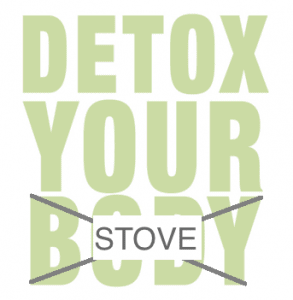 It’s 2018 – Happy New Year!
It’s 2018 – Happy New Year!
You hear the word “January Detox” being bounced around this time of the year. A detox is apparently a good start to the New Year. With this in mind we thought we would jump on the bandwagon, but with a slight difference….
A Stove Detox!
.
Although it has been a mild winter so far, with colder spells, many people tend to use their wood burning stove lots over the festive period.
.
So come January your stove could probably benefit from a January detox to return it to it’s optimum health and performance – this is especially true if you have not cleaned your stove for some time.
.
To start your stove detox you need the following items:
.
* Gloves to protect your hands
* Newspaper to cover your floor around the stove
* Paper towels to clean the glass
* Spray bottle containing vinegar, water and soap – should be 2 parts water to one part vinegar, with a good squeeze of washing up liquid
* A small brush for the ash
* A wire brush
* A small shovel to help remove the ash
* Screwdriver – if you disconnect the top of your stovepipe so you can fit a long handled brush into the stovepipe to clean it, you will probably need a screwdriver.
* Wallpaper scraper to remove stubborn soot and ash
* Chimney sweeping log
* A long chimney brush
.
The Stove Detox Steps:
.
Step 1 – Spend some time carefully placing the newspaper around the stove area, to ensure carpets do not get dirty as the cleaning is underway.
.
Step 2 – Scoop out the ash, which is remaining in the fire with the small shovel. Be careful with this and leave it at least 24 hours to ensure there are no hot embers remaining. Once you are confident that the ash is cold, then carefully dispose of it in a suitable place. Ash is messy and can easily blow away, so be on your guard!
.
Step 3 – When cleaning the stove pipe, ensure you remove any firebricks that may get in the way, and allow any creosote to fall into the bottom of your stove. You will be able to clean away any stubborn ash in the firebox with a wire brush – this can be hard work and can take some time but is well worth persevering with.
.
Step 4 – Burning a chimney sweeping log can help loosen the creosote and soot in the chimney, and makes it a great deal easier when cleaning too. Burning such a log is optional, although well worth it. Once this has been done, you can then clean the inside of the chimney pipe. To do this you will need to carefully climb onto your roof and use your long handed stove brush to clean the inside. Ensure the diameter of the brush fits your stove pipe. If it doesn’t fit it will be hard to operate and will not clean the pipe effectively. This is the hardest, highest risk element of the detox so please exercise caution. If in doubt – leave it to an expert.
.
Step 5 – After cleaning the chimney from the roof, return to the firebox and clear away the soot and creosote, which would have fallen from the pipe when you were cleaning. Remove as much debris as you can, and then use a vacuum to clear away whatever is left.
.
Step 6 – The last step is to clean the glass, use the water and vinegar solution with paper towels to clean. If you are finding there is serious staining on the glass, then you can buy a cleaning solution. However, for most stoves your home made solution should be more than adequate.
.
Hopefully these 6 simple steps should be all you need to give your wood burning stove an amazing January Detox! Moving forwards, to ensure your stove stays as clean as possible, make sure you regularly clean it, and also be aware of the types of wood you are burning.
Click here for a wide review of the different types of wood you can burn on your stove.
.








